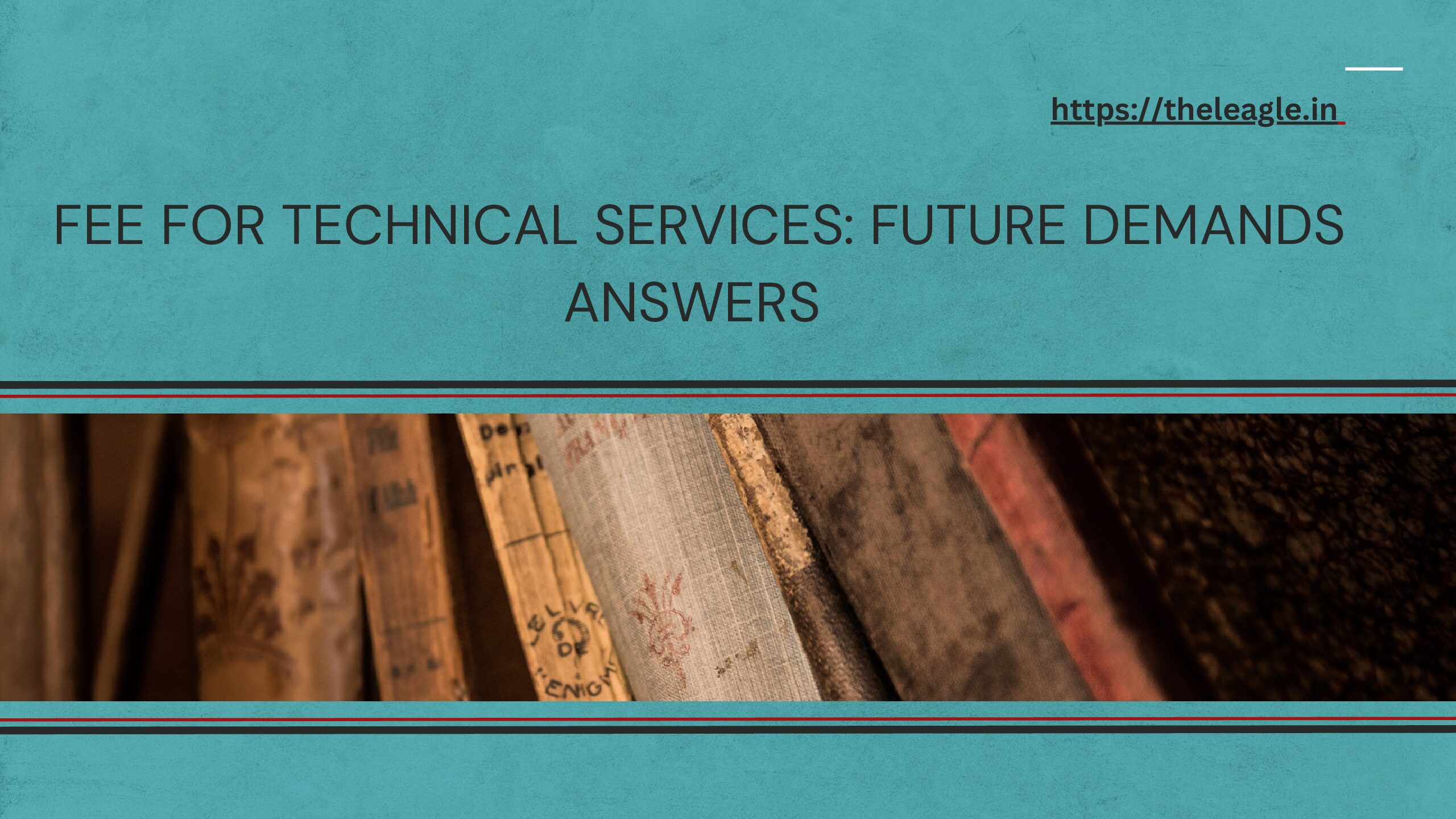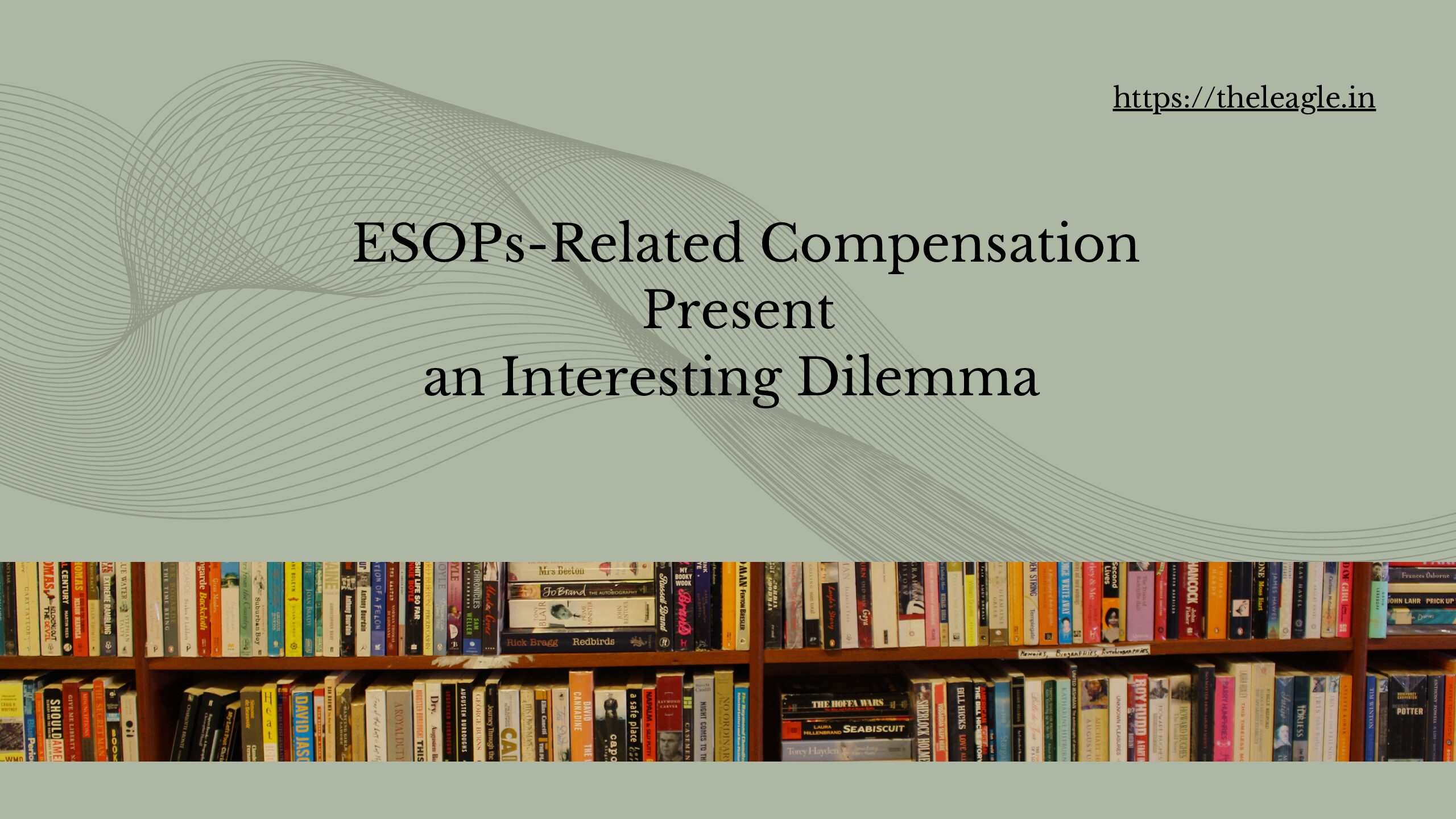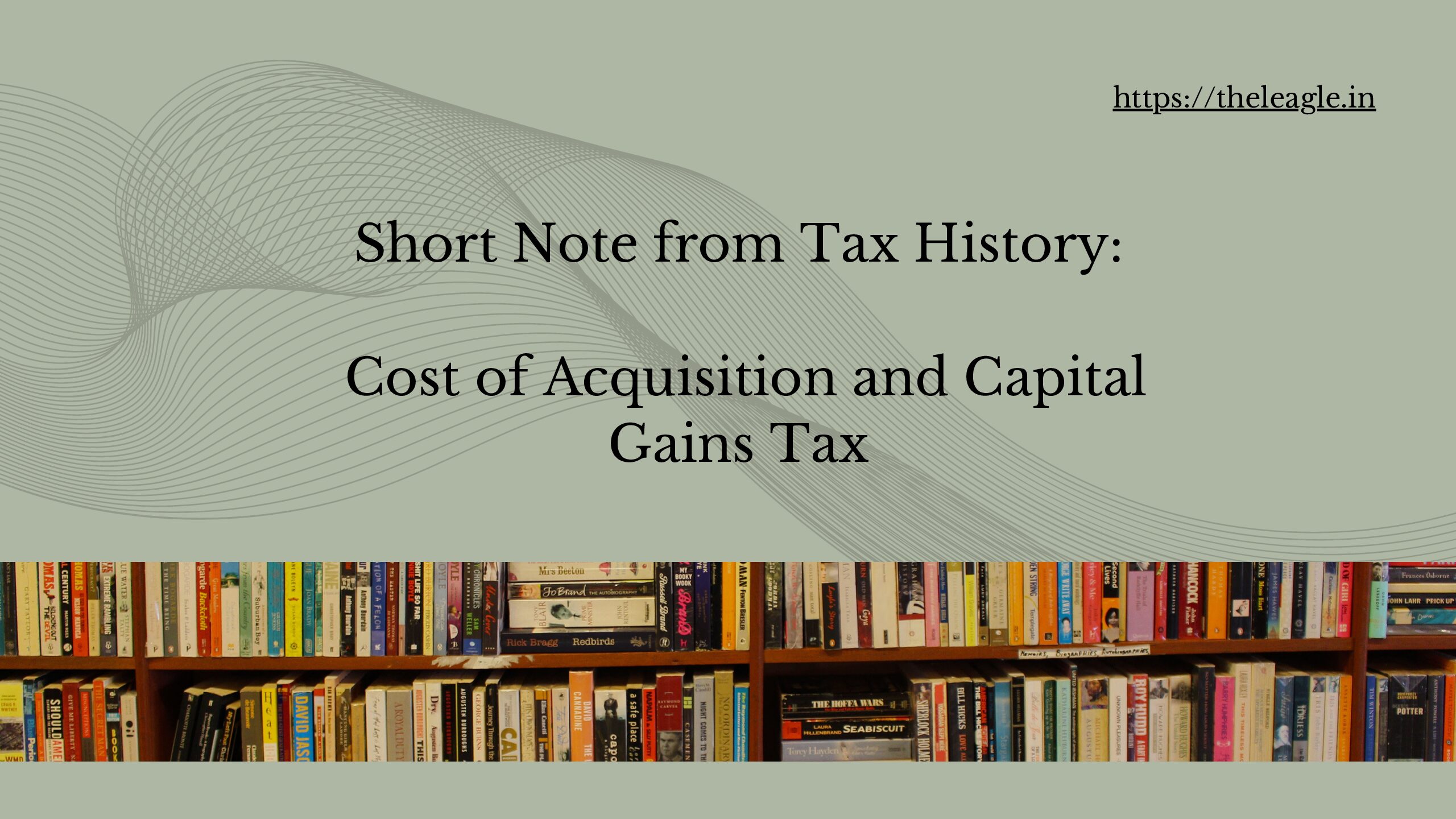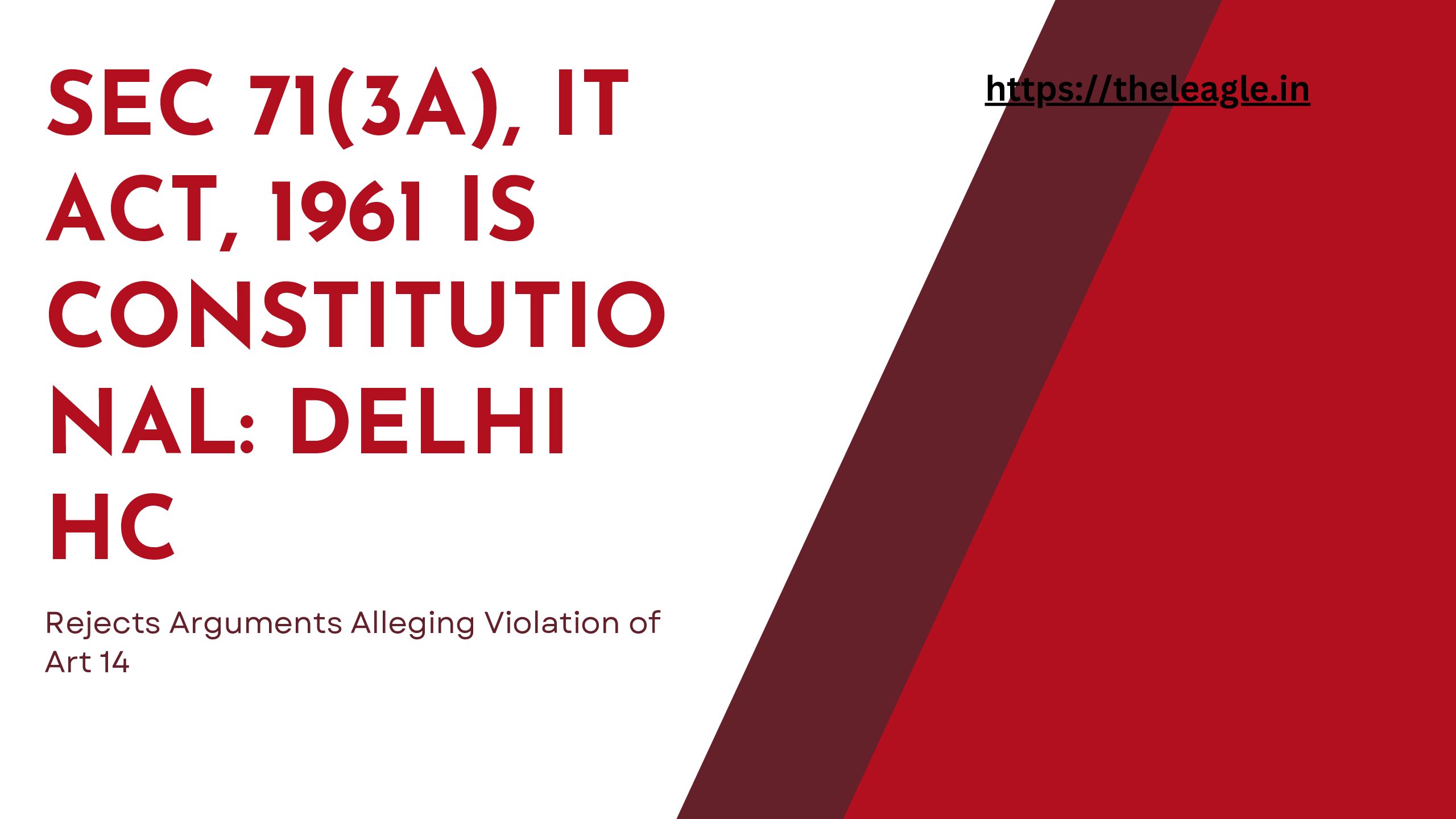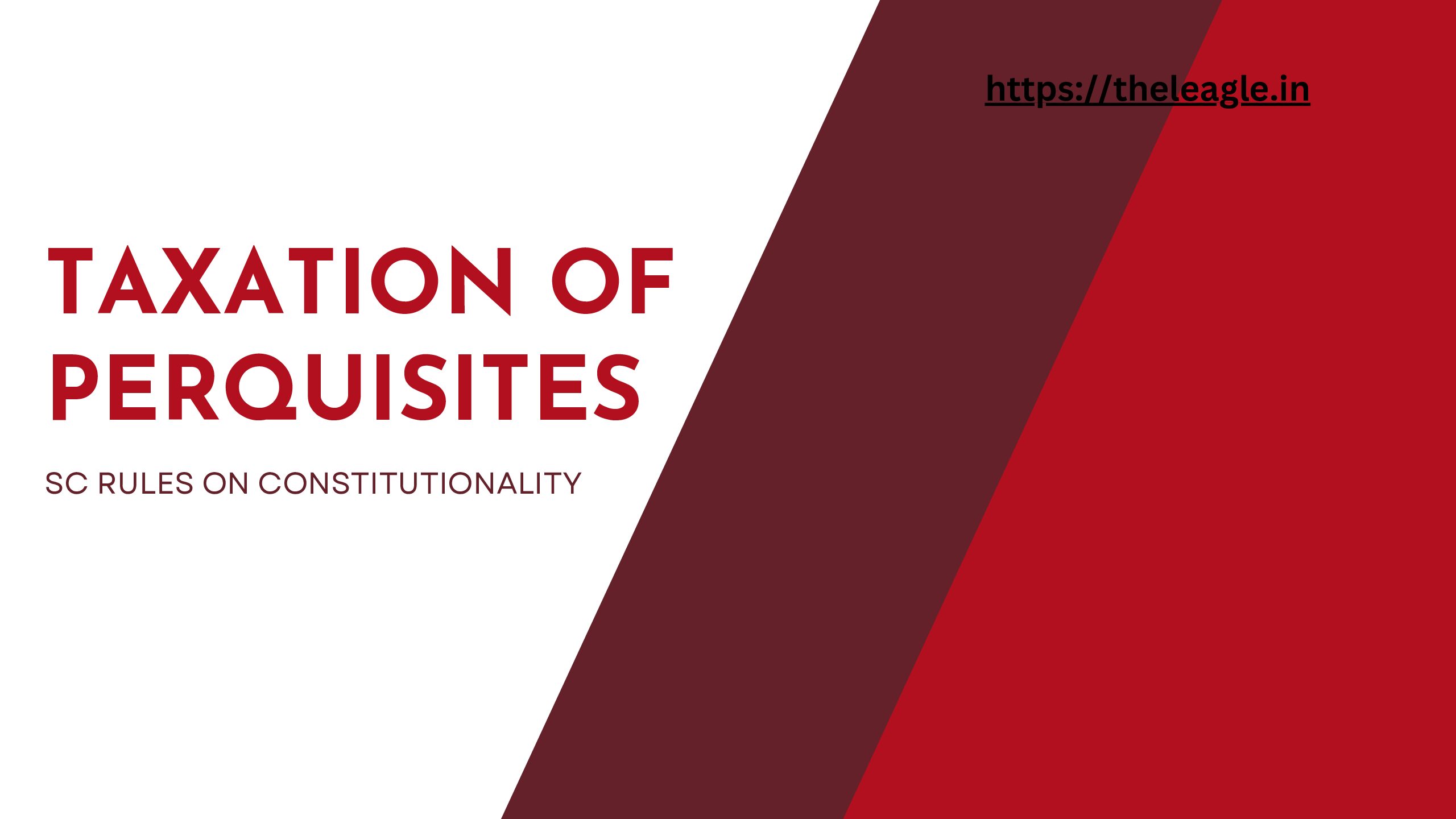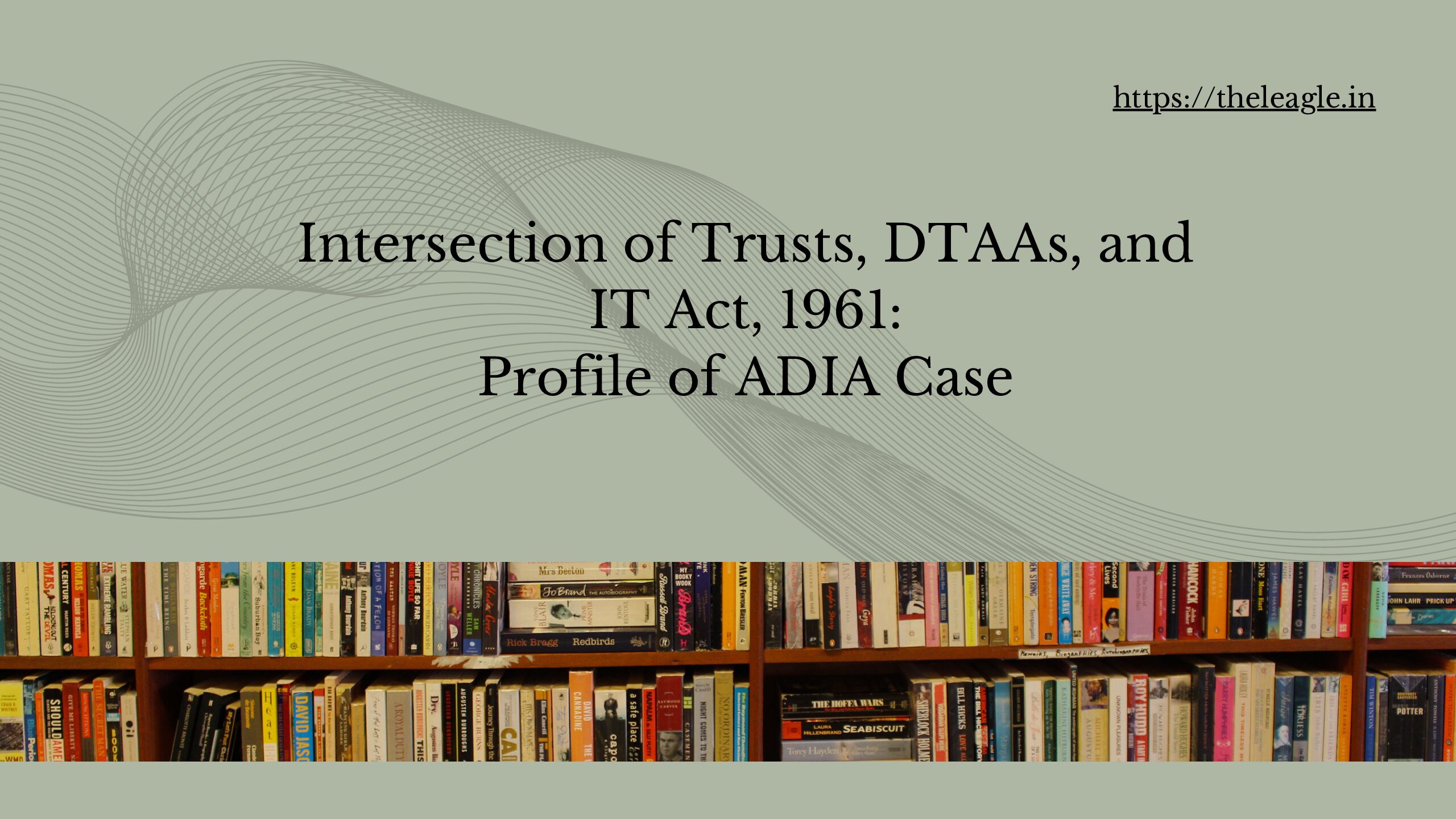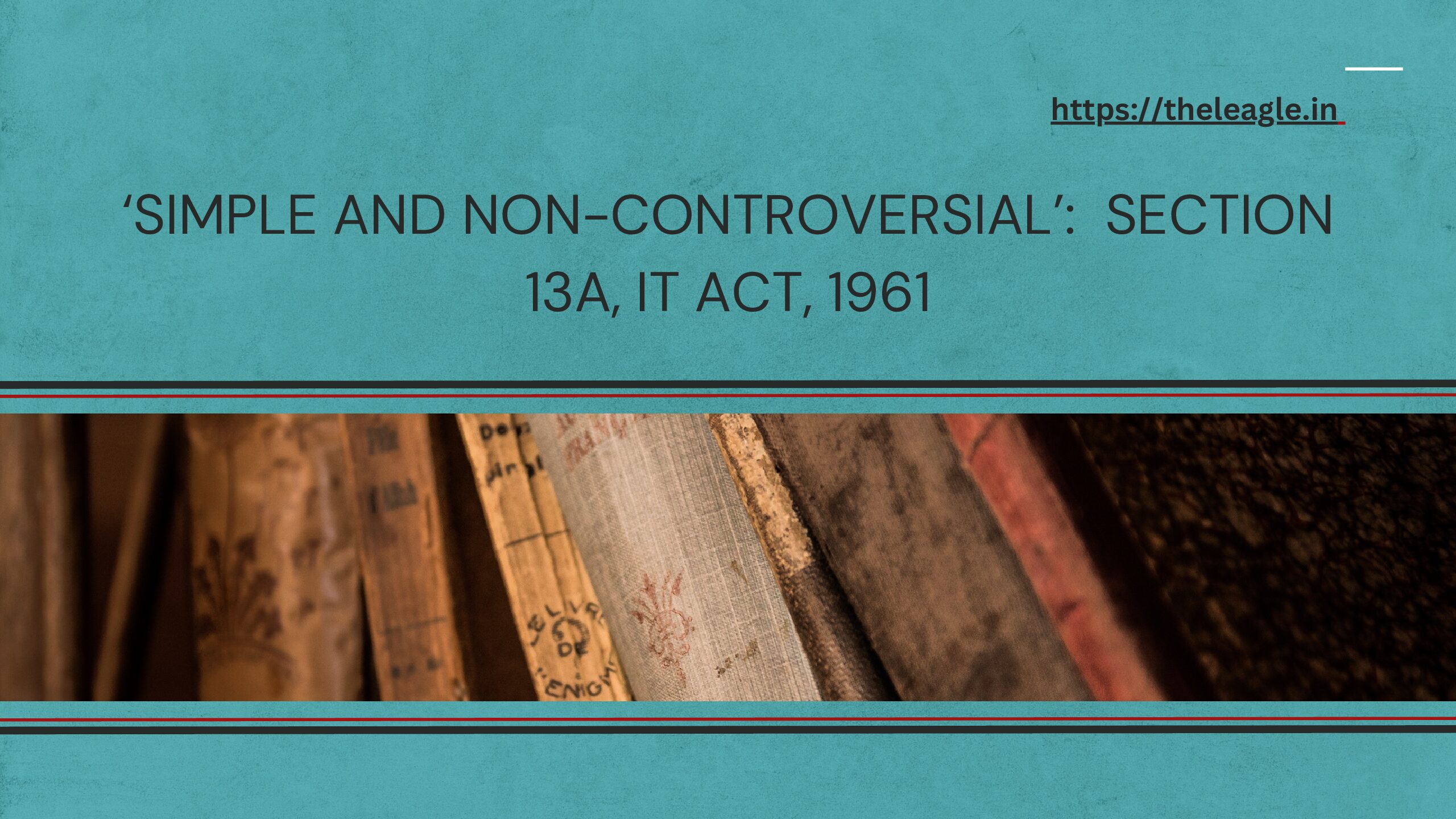Introduction
Tax practitioners tend to refer to Fee for technical services (‘FTS’) and Royalty income in tandem with an intent to highlight the shape shifting nature of both concepts under domestic and international tax law. And in Indian context, the discussion is also about the high volume of litigation that both concepts invite. This article is an attempt to briefly highlight how the term FTS has been interpreted by Indian courts and whether in view of the technological advancements, specifically the ability to offer technical expertise without human intervention – such as with the help of AI bots – presents an opportunity and a challenge to re-orient the jurisprudence. And in which direction and based on which parameters should the reorientation happen?
Fee for technical services is defined under Explanation 2 to Section 9(1)(vii), IT Act, 1961 as follows:
Any consideration (including any lump sum consideration) for the rendering of any managerial, technical or consultancy services (including the provision of services of technical or other personnel) but does not include consideration for any construction, assembly, mining or like project undertaken by the recipient or consideration which would be income of the recipient chargeable under the head “Salaries”.
The key phrase – also relevant for this article – that has invited judicial interpretation is: ‘rendering of any managerial, technical or consultancy services’. Courts have, at various times, emphasised the meaning of the above phrase by reading into it certain elements that are not found in the bare text of the provision. The two elements – relevant to this article – are: first, the requirement of providing a service as opposed to merely offering a facility; second, the presence of a human element as courts have taken the view that managerial, technical or consultancy services can be provided only by intervention of humans. The latter element is likely to come under scrutiny in the future as increasingly managerial, technical and, consultancy services are being and will be provided without direct involvement of human beings. The insistence of human element thus cannot and in my view, should not be insisted in each case to determine if a certain payment amounts to FTS. At the same time, will it be prudent to remove the human element altogether? What should be the legislative and judicial response to technological advancements such as AI bots be in this specific case?
FTS under Section 9, IT Act, 1961: Rendering of Service and Requirement of Human Element
In interpreting the requirements of Section 9, courts have taken the view that Explanation 2 contemplates rendering of service to the payer of fee and merely collecting a fee for use of a standard facility from those willing to pay for the fee would not amount to receiving a fee for technical services. This view has been reiterated in various decisions. For example, in one case, the Supreme Court was required to decide that if a company in the shipping business provides its agents access to an integrated communication system in order to enable them track the cargo efficiently, communicate better, and otherwise perform their work in an improved manner and thereafter charges the agents on a pro rata basis for providing the communication system, would the payments by agents amount to FTS? The Supreme Court relying on precedents concluded that:
Once that is accepted and it is also found that the Maersk Net System is an integral part of the shipping business and the business cannot be conducted without the same, which was allowed to be used by the agents of the assessee as well in order to enable them to discharge their role more effectively as agents, it is only a facility that was allowed to be shared by the agents. By no stretch of imagination it can be treated as any technical services provided to the agents.
The service needs to be provided specifically to the customer/service recipient and merely providing access to a standardized facility and charging fee for using that facility would not amount to FTS. The service needs to specialized, exclusive, and meet individual requirements of the customer or user who may approach the service provider and only those kind of services can fall within the ambit of Explanation 2 of Section 9(1)(vii). This requirement may require tailoring in context of AI as a typical AI-assisted solution currently involves a programmed bot that can address a variety of situations. And such a situation raises lots of unanswered questions. Merely because one bot is providing different and differing solutions based on requirements of clients, would it be appropriate to say it is not rendering services? And subscription to the AI bot is merely a fee being paid by various customers? And that only if AI bot is specifically designed and customized to the clients current and anticipated needs would be the payment for such bot be termed as FTS? What if there are only minor variations in the standard bot that is providing services to various clients? The incremental changes would be enough to term the payment for such ‘customised’ AI bot as FTS?
The second requirement that the Courts have insisted on for a payment to constitute as FTS is presence of human element. This element has been best explained by the Supreme Court in one of its judgments where it noted that the term manager and consultant and the respective management and consultancy services provided by them have a definite human element involved. The Supreme Court noted:
… it is apparent that both the words ―”managerial” and ― “consultancy” involve a human element. And, both, managerial service and consultancy service, are provided by humans. Consequently, applying the rule of noscitur a sociis, the word ― “technical” as appearing in Explanation 2 to Section 9 (1) (vii) would also have to be construed as involving a human element. (para 15)
In the impugned case, the Supreme Court concluded that since the services being provided by sophisticated machines without human interface, it could not be said that the companies which were providing such services through machines were rendering FTS. Recently, the ITAT has also observed that the burden is on the Revenue to prove that in the course of rendition of services, the assessee transferred technical knowledge, know how, skill, etc. to the service recipient which enables the recipient to utilize it independently without the aid and assistance of the service provider. This was in the context of an online service provider, Coursera, which the Revenue argued was providing technical services to an educational institute in India. Coursera though successfully argued that it merely an aggregator and all contents of courses had been created by its customers. And it merely provided a customized landing page to the institutions and thus its role cannot be understood as that of provider of a technical service.
Thus, the jurisprudence is relatively clear on the requirements of rendering a service, customized to the needs of the client and presence of a human element since the former cannot be provided without the latter. But, with the advent of AI and AI-assisted services, this may and should require us to rethink.
Interpretation of IT Act, 1961 Needs to be Dynamic
In a abovementioned case, the Madras High Court in interpreting scope of FTS under Section 9, IT Act, 1961 observed that when the provision was enacted human life was not surrounded by technological devices of various kinds and further noted that:
Any construction of the provisions of the Act must be in the background of the realities of day-to-day life in which the products of technology play an important role in making life smoother and more convenient. Section 194J, as also Explanation 2 in Section 9(1)(vii) of the Act were not intended to cover the charges paid by the average house-holder or consumer for utilising the products of modern technology, such as, use of the telephone fixed or mobile, the cable T. V., the internet, the automobile, the railway, the aeroplane, consumption of electrical energy, etc. (para 17)
If one adopts the above view as one of the guiding principles for interpretation of IT Act, 1961, especially when it comes to the interface with technology, then there is a case to be made that the jurisprudence on FTS under Section 9 – as developed by courts over several years and through various decisions – needs to be keep abreast of the technological advances such as AI. Presence of human element is fundamental to classify a fee or an income as FTS and there is a defensible premise in courts insisting on it. However, as the Madras High noted in its above cited observation, IT Act, 1961 and the Explanation 2 were not drafted by contemplating all kinds of technological developments such AI-assisted services. One could argue, – and again it is a valid point – tax statutes need to be interpreted strictly and that the Courts should not read into the provision that human element is not required for ‘AI dependent services’ or ‘AI assisted services’ unless the statute is amended. But that is only a partial view of the challenge posed by AI. One could also argue that the human element was actually read into the definition of FTS by courts and it is not in the bare provision. Thereby making a case for some de minimis judicial intervention even in interpretation of tax statutes. And courts would be justified in developing a sui generis jurisprudence on FTS-AI interface even without the statutory amendment to that effect.
I’m not sure of the exact and most appropriate response to the ‘AI-challenge’ and the tax lawyer in me does lean towards a statutory amendment to dispense with the human presence requirement. And this is not solely on the grounds that judiciary needs to adhere to strict interpretation of tax laws but also because a statutory amendment may be able to tailor the definition of FTS vis-à-vis AI in a more suitable fashion as opposed to judiciary-led interpretation which can be ad hoc and not sometimes only suited for limited fact situations. While any response – legislative or judicial – does not seem to be in the near horizon in India, I do believe and it is evident that AI is going to pose significant challenges to collection of taxes, the FTS example which is the focus of this article is only one such challenge. We need to be mindful of such emerging challenges and reflect on them suitably for considered responses catalyze a more appropriate tax policy solution.
